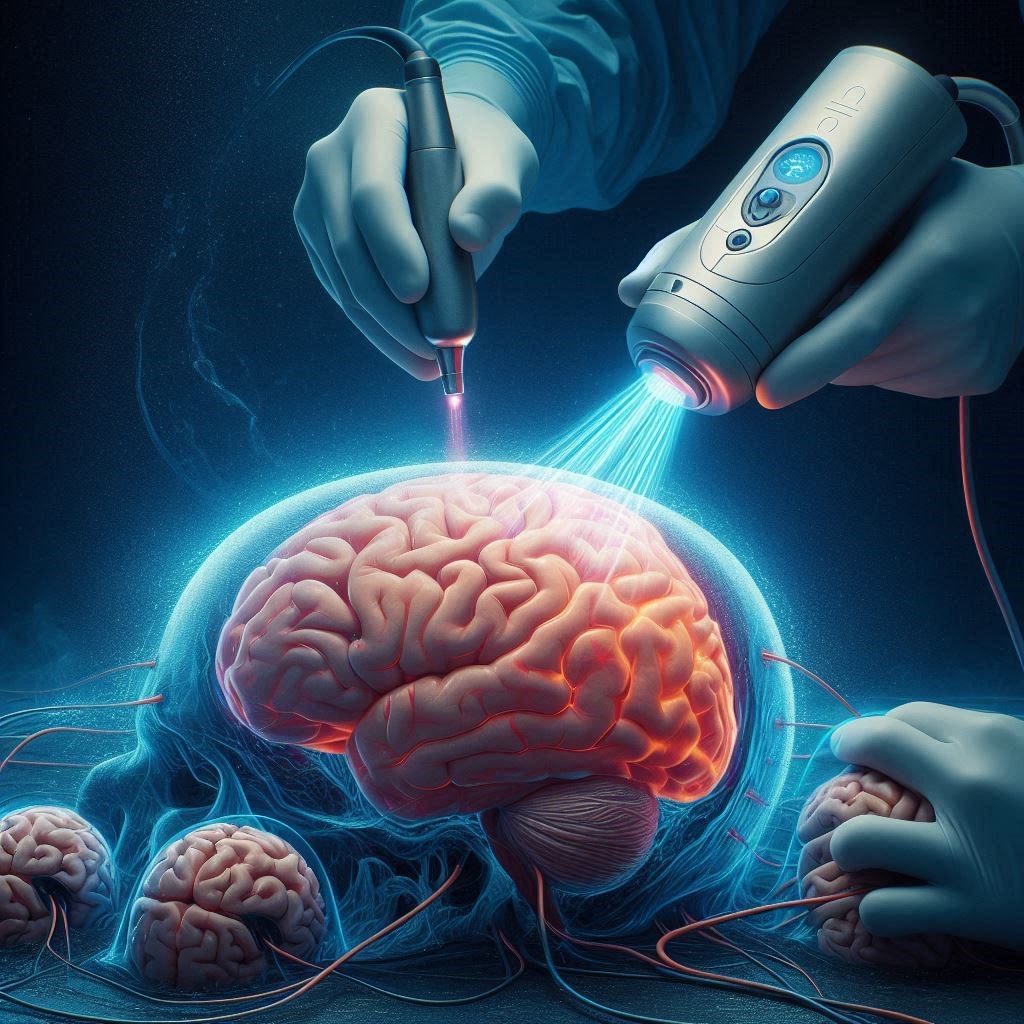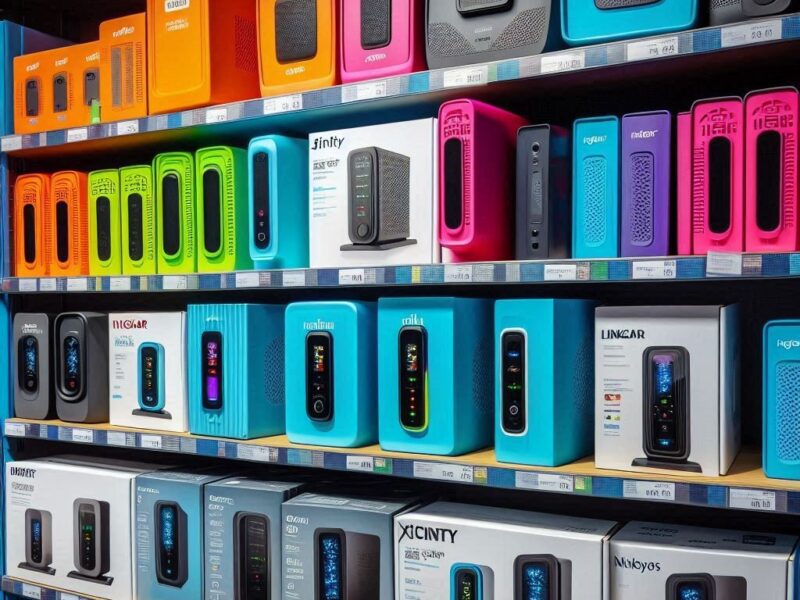
Non-Invasive Brain Healing MIT’s Ultrasound Breakthrough: A New Era in Non-Invasive Brain Healing
Introduction
Non-invasive brain stimulation: The Massachusetts Institute of Technology (MIT) has pioneered a significant advancement in non-invasive brain healing through ultrasound technology. This breakthrough promises to revolutionize the treatment of various neurological conditions by offering a less invasive alternative to current methods.
The Science Behind Ultrasound Brain Stimulation
Ultrasound brain stimulation utilizes high-frequency sound waves to target specific regions of the brain. This technique generates electrical currents that can stimulate neurons, promoting healing and improving brain function without the need for surgery. By fine-tuning the frequency and intensity of these waves, researchers can control the size and location of the stimulated brain tissue, thus avoiding damage to surrounding areas.
Benefits of Non-invasive brain stimulation
Non-invasive ultrasound brain stimulation offers numerous benefits over traditional methods such as deep brain stimulation (DBS), which requires surgical implantation of electrodes. Key advantages include:
- Reduced Risk: Eliminates the risks associated with brain surgery, such as infections and bleeding.
- Precision: Allows for targeted stimulation of deep brain regions without affecting the overlying cortex.
- Portability: Potential for portable devices that can be used outside clinical settings, improving accessibility for patients.
Applications of Non-invasive brain stimulation in Neurological Disorders
The ultrasound technique developed by MIT shows promise in treating various neurological conditions, including:
- Alzheimer’s Disease: By stimulating specific brain regions, this method could potentially reduce the beta-amyloid plaques associated with Alzheimer’s, improving cognitive function.
- Parkinson’s Disease: Targeting the motor cortex can help alleviate symptoms such as tremors and rigidity.
- Epilepsy: Non-invasive stimulation can reduce seizure frequency and severity by modulating neuronal activity.
Innovative Early Detection Methods
Early detection of neurological conditions is crucial for effective treatment. Recent research at MIT focuses on identifying biomarkers through advanced imaging techniques and blood tests. Innovations such as using AI to analyze speech patterns and retinal scans offer promising new avenues for early diagnosis of conditions like Alzheimer’s.
Personalized Treatment Approaches
Personalized medicine is becoming increasingly important in treating neurological disorders. By analyzing an individual’s genetic profile and biomarkers, researchers can tailor treatment plans to maximize efficacy and minimize side effects. Pharmacogenomics plays a critical role in this approach, allowing for customized drug therapies based on a patient’s genetic makeup.
Impact of Lifestyle Interventions
Lifestyle interventions, such as diet, exercise, cognitive training, and social engagement, have been shown to mitigate symptoms and slow the progression of neurological diseases. Studies support the benefits of these interventions, highlighting the importance of a holistic approach to treatment. Case studies demonstrate significant improvements in patients who adopt these healthy habits.
Emerging Therapies Beyond Amyloid and Tau
While traditional therapies for Alzheimer’s and similar conditions have focused on amyloid plaques and tau tangles, emerging treatments are exploring other avenues. Research is now targeting neuroinflammation, mitochondrial dysfunction, and synaptic health. Recent clinical trials and experimental drugs in these areas offer hope for more effective treatments.
Role of Gut Microbiota in Neurological Health
Gut health has a significant impact on brain function and disease progression. Alterations in the gut microbiome have been linked to neurological conditions like Alzheimer’s. Probiotic treatments and dietary interventions aimed at maintaining a healthy gut microbiota could potentially reduce neuroinflammation and support brain health.
Technological Innovations in Caregiving
Technological advancements are enhancing the quality of care for patients with neurological disorders. Innovations such as wearable devices, smart home systems, and AI-driven applications provide real-time monitoring of patient health and safety, offering invaluable support to caregivers.
Conclusion For Non-invasive brain stimulation
MIT’s ultrasound breakthrough represents a new era in non-invasive brain healing, offering a promising alternative to traditional methods. By combining cutting-edge technology with personalized treatment approaches and lifestyle interventions, this advancement holds the potential to significantly improve the lives of patients with neurological disorders. As research continues to evolve, the future of brain healing looks brighter than ever.
For further reading on related advancements, visit:
- MIT’s Ultrasound Patch for Bladder Monitoring – An innovative use of ultrasound technology for medical diagnostics.
- Deep Brain Stimulation Techniques – Insights into non-invasive brain stimulation methods developed by MIT.
- Wearable Health Devices – Explore the latest in wearable technology for health monitoring.
These links provide additional context and detailed information on the applications and impact of MIT’s ultrasound innovations in various fields.


One thought on “Non-Invasive Brain Stimulation: Revolutionizing Brain Healing (2024)”